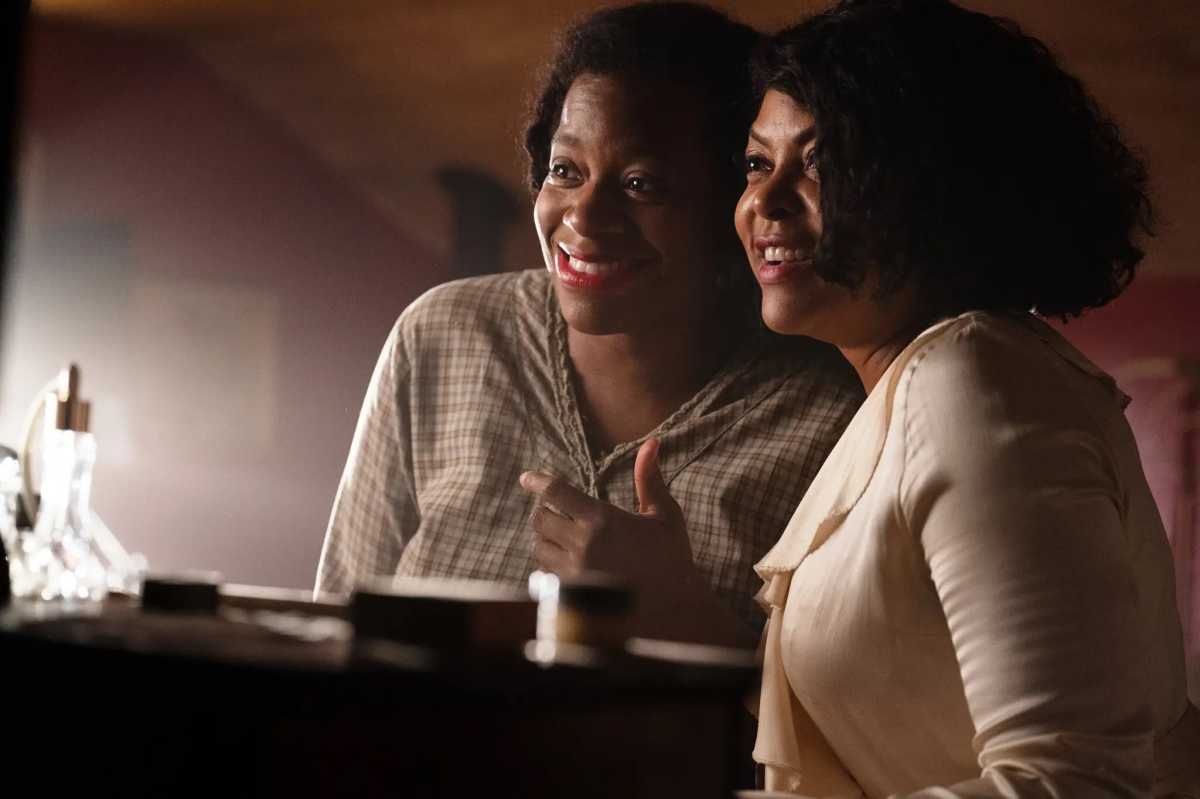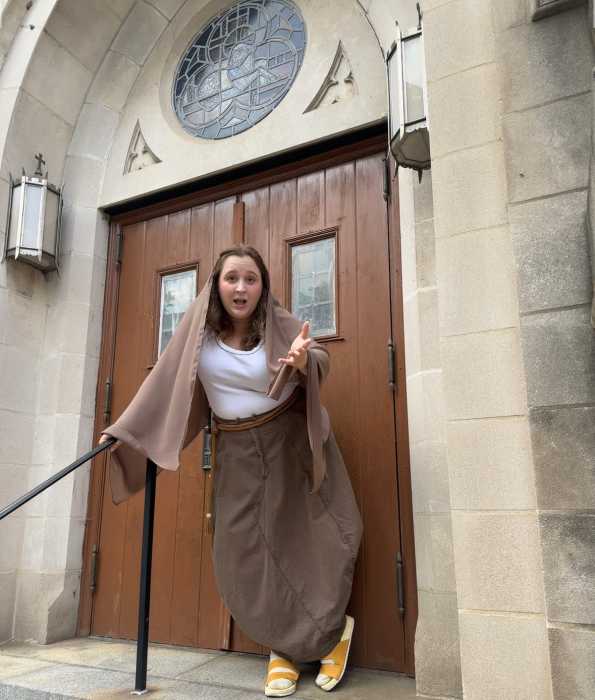Blitz Bazawule’s “The Color Purple,” based on the Broadway musical adaptation of bi author Alice Walker’s novel, starts big and only gets larger from there. Its last few songs shout to the rafters. (At the screening I attended, they were greeted with sporadic applause.) Many scenes are performed and directed in a way that would be the emotional climax of another film. “Go big, or go broke” has become the credo of American film as independence turns financially unsustainable. (After failing to find much of an audience for “If Beale Street Could Talk” and his TV series “Underground Railroad,” “Moonlight” director Barry Jenkins is now attached to a prequel for “The Lion King.”) The Ghanaian-born Bazawaule, who has released four albums as a rapper, singer, and producer, made an enormous budgetary leap with “The Color Purple.” The fact that it’s only his second feature, five years after his first-rate debut “The Burial of Kojo,” shows he likely needed to work on such a large scale (although he did contribute to Beyoncé’s visual album “Black Is King.”)
“The Color Purple” begins in 1906, where Celie (played as a child by Phylicia Pearl Mpasi, an adult by Fantasia Barrino) endures repeated sexual assaults from her father Alfonso (Deon Cole), leading to two pregnancies and childbirth. She has a close relationship with her sister Nettie (Ciara). The story jumps forward to 1915, where Mister (out actor Colman Domingo) approaches Alphonso about marrying one of the women. Celie becomes his wife. Nettie is prevented from staying in touch with her. Celie’s life changes when she meets blues singer Shug Avery (Taraji P. Henson). A local celebrity, Shug lives a glamorous existence, well beyond the means of the other characters’ poor, segregated community. Shug and Celie become romantically attached, while one of Nettie’s letters reveals that she’s living a new life in an African village.
Steven Spielberg’s 1985 version of “The Color Purple” felt like an imaginary Hollywood melodrama from the 1940s. At the time, no Black director could have made an epic like this, and the film industry was dominated by active racism and erasure. Bazawule also embraces the old school Hollywood experiences, but his “The Color Purple” is very attentive to the role of fantasy and art in serving as solace to women struggling with violent lives. Several songs are staged as Celie’s fantasies, where the pressure of being treated like garbage by men temporarily fades. Rather than mere compensation, they allow her to start picturing how her life could take a more positive path. In one scene, Shug and Celie go to the movies, entering into the image itself and performing a musical number celebrating their love. The film’s view of art is extremely optimistic.
Alas, the need to keep things PG-13 leads to a bowdlerization of the story’s queer elements. Walker’s novel emphasizes the importance of Celie finding liberation through loving another woman, but in the film, her relationship with Shug is kept as chaste as it can be while still being acknowledged. The story deals with the difficult matter of rape, incest and domestic violence, so figuring out a way to depict them without piling on Black characters’ trauma may have led Bazawule to play things fairly safe.
Bazawule’s sensitivity to color and light remain strong. Many interiors are shot as though the sun was just a few feet away outside. The lighting is blindingly artificial, with shafts pouring in through doors and windows. Mister’s house is laid out as though it were a prison, with windows and doors resembling bars. (One of the film’s few encounters with white people leads directly to jail.) A late scene of his humiliation, after a supernatural curse from Celie, walking through pouring rain is shot as though it were the prelude to a horror film. The Steadicam-driven camera glides ceaselessly.
Given the period, the soundtrack, composed by Brenda Russell, Allee Lewis and Stephen Bray, draws on gospel (especially the first song), blues and jazz, but it introduces more modern elements as the decades pass, with a cast full of R&B singers. (If Shug is based on queer female blues singers like Bessie Smith and Ma Rainey, her songs aren’t anywhere near as raw, musically or emotionally.) Unfortunately, by the end, the maximalism, so exciting at first, grows wearying. The film does a fine job of balancing a complicated story and large cast, and it is paced to feel swifter than its 140 minutes. But its indulgence in excess harms the final half hour. Celie’s rendition of “I’m Here,” in which she sings about finally learning to love herself, shows more strain than joy: it sounds like a very elaborate performance from “American Idol, ” where Fantasia first became famous. “The Color Purple” comes close to achieving the catharsis it sets out for, but the finale leans into a schmaltzy spirit of uplift.



































